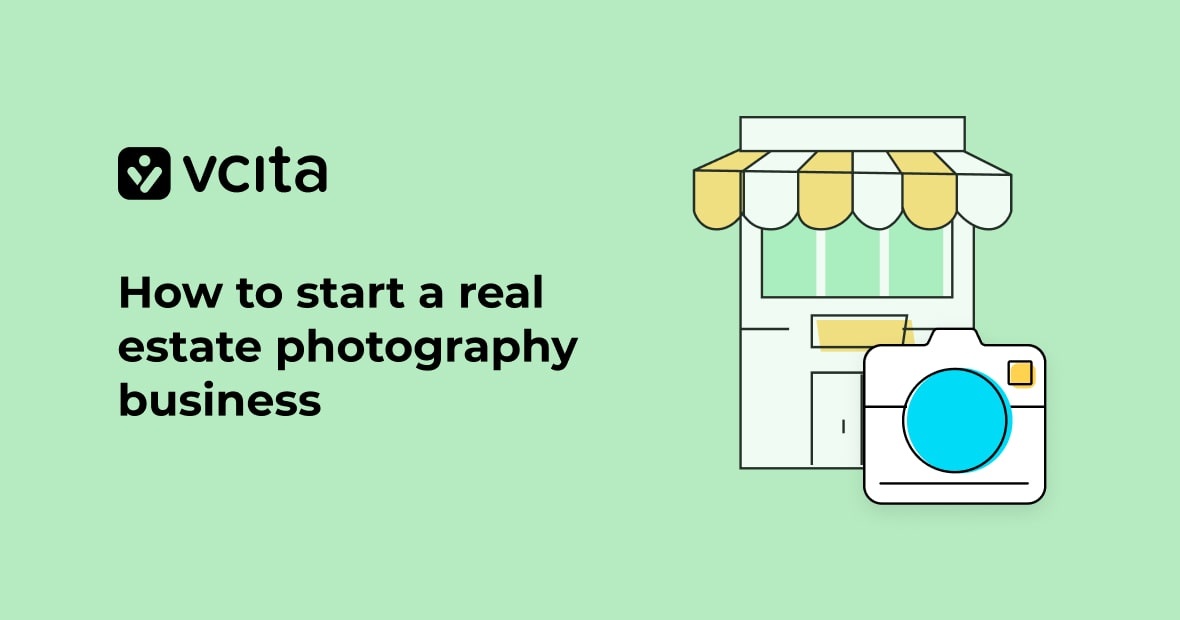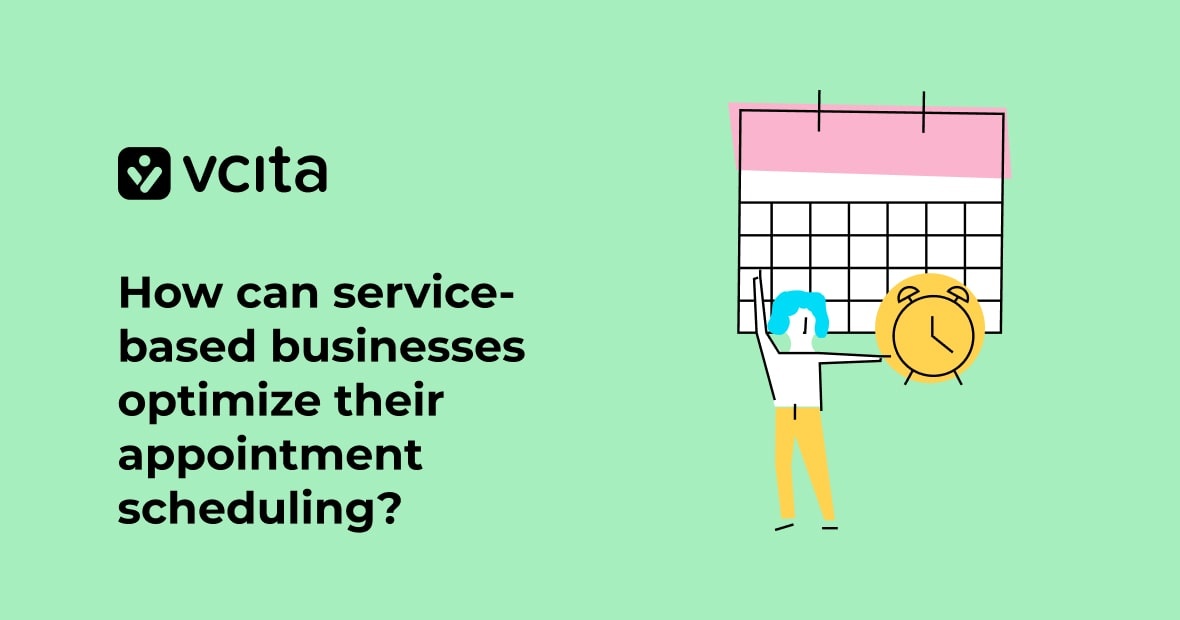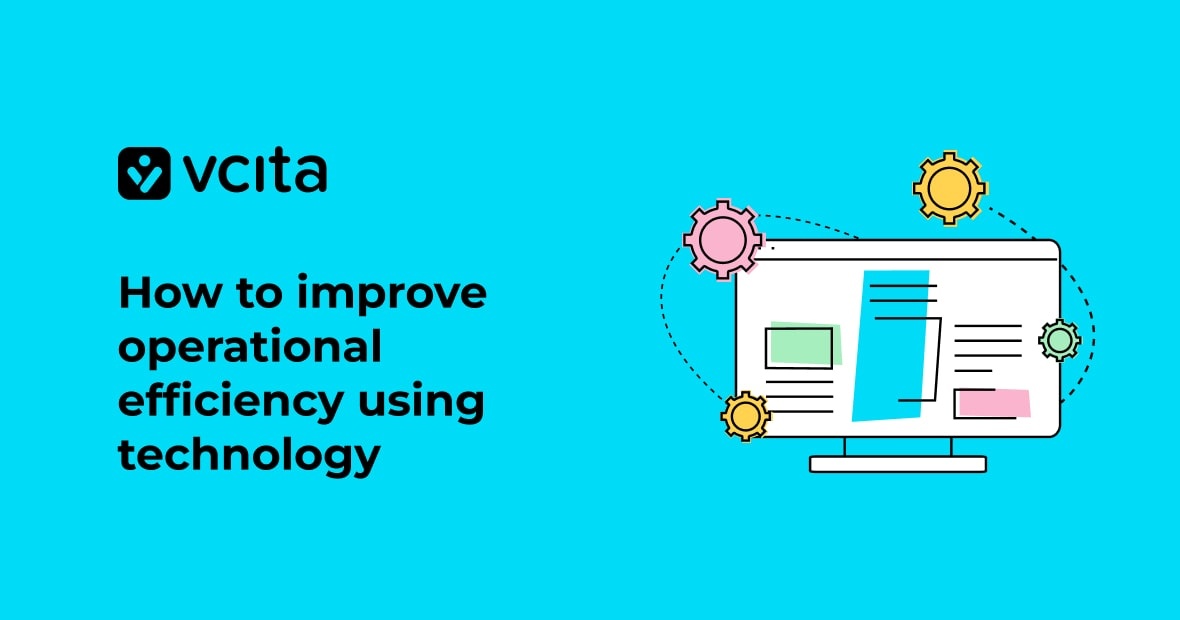You’ve been eyeing real estate photo shoots, wondering if starting your own real estate photography business could be your ticket to economic freedom. If you love photography, working as a real estate photographer could be a great idea.
But before you dive in, know that building a real estate photography business requires more than a camera and an eye for design. You also need to know the basics to register your new business, work out how to price your work competitively, and market your business to attract and retain customers.
Don’t worry, we’re here to help. We’ll break down everything you need to launch a professional real estate photography career.
Laying the groundwork for a real estate photography business
If you’ve decided to follow your dream and open your own real estate photography business, good for you! Here are the first steps you need to take to set up your real estate photographing business on a solid foundation.
Write a business plan
To start a real estate photography business, you need a solid business plan that outlines your mission and vision. It doesn’t need to be complicated, but it should include an overview of your target market, your marketing strategy, operational details, and financial projections. This will help you determine if the opportunity is viable, and guide you in the right direction.
Make your business legal
You’ll also need the proper licenses and permits required in your area. Check with your local government about business licenses, sales tax permits, and zoning requirements. As a real estate photographer, you may need additional certifications or memberships with real estate photography associations. Purchasing insurance to protect your business is also a good idea.
Invest in professional equipment
Finally, invest in professional photography equipment like a high-quality digital camera, a wide angle lens, and photo editing software. Taking gorgeous, high-resolution real estate photos requires the proper gear.
Understand contracts
As a professional real estate photographer, you’ll need a solid photography contract to outline the scope of work for each real estate listing. Look for some template contracts online that you can customize with your business name and logo.
Mastering real estate photography skills and techniques
A successful real estate photography business requires photography expertise and business acumen.
Practice photography techniques
Aspiring real estate photographers should understand how composition, lighting, and other elements result in high quality images of properties. Remember that shooting homes and gardens requires different methods to portraits or travel photography. You’ll need a wide angle lens to photograph tight spaces. Pay attention to lighting and consider the best time of day for optimal natural light in each room.
Hone your processing skills
After the shoot, you’ll spend time editing the photos. Photo editing software like Lightroom to color correct, crop, and make other improvements to the images. You want to develop a style in your real estate photos that make your images stand out from the competition, so think about building your own photo editing templates that ensure consistency.
Build efficient workflows
Your clients don’t just want good work, they also want fast work. You need to find ways to quickly complete your initial photo shoot and post-shoot processing tasks, without compromising on image quality. Look for techniques and tools that can help you to complete your work fast and deliver short turnaround times, while building a reputation for excellence.
Setting Competitive Pricing for Your Real Estate Photo Services
Figuring out the right pricing for your real estate photography business is crucial. You want to make sure you charge enough to earn a good living, but not so much that you price yourself out of the market.
The best way to determine competitive and fair pricing is to research what other real estate photographers in your area are charging. Check the websites of 3-5 other real estate photographers in your city to see what they charge for basic property listing photos. Their rates will give you an idea of what clients expect to pay in your area.
When determining your own pricing, consider several factors:
- The number of photos included in the package. 15-30 photos for a typical 3 bedroom home is common.
- Additional services like twilight photos, aerial drone photos, or 360° virtual tours. These specialized photos typically command a premium price.
- The size and features of the property. Large, luxury homes with lots of amenities may warrant a higher fee than a small condo.
- Your experience and quality of work. As you build your portfolio and skills, you can increase your rates over time.
- Your business costs. Make sure your rates adequately cover the cost of your equipment, software, marketing and other expenses.
You’ll want to charge on the higher end of the typical range for your area once you’ve established your business and built up experience. Don’t be afraid to charge what you’re worth – real estate agents and homeowners will pay for high quality images and fast turnaround from a professional they can rely on. Consider offering package deals and discounts to win new business.
Finding and retaining clients for your real estate photography business
Once you’ve registered your real estate photography business, planned your business strategies, bought the equipment you need and developed your skills, it’s time to start marketing your new business to attract new customers and nurture them to be loyal clients. Here are the main tactics for finding and retaining clients for your real estate photography business.
Get your foot in the door
You need to build a portfolio, and the best way to do that is by offering discounted or free real estate photo shoots. Offer to do a few complimentary real estate listings so that you have examples of your work. Ask these first customers for reviews and to recommend you to their friends and contacts, to help spread the word.
Create a website
An informative website is vital. Include details about your services you offer, your real estate photography pricing, and an online portfolio where real estate agents and homeowners can view samples of your real estate photos. You might also start a blog and write posts on how to take the best real estate photos, tips for staging a home, and the latest real estate photography equipment or software, to establish yourself as an expert in the field. .
Optimize for SEO
Once your website is up and running, you should optimize it to be discovered by search engines. Include relevant location-based keywords, your business name, and phrases like “real estate photo”, “real estate photographer”, and “real estate photography pricing”. This will help real estate agents and potential clients find you online.
Curate a social media presence
Promote your real estate photography business on social media platforms like Facebook and Instagram. Post high quality images and share behind-the-scenes content and photography tips. Engage with real estate agents by commenting on their listings and sending direct messages to express your interest in working together. This helps to build your brand and connect with potential clients.
Develop a strong brand
Building a strong brand is key to starting a successful real estate photography business. As a real estate photographer, your brand represents your business and the high quality images you produce. Boost brand awareness by always using the same format for the photos you post on social media and your website, and adding your logo and theme colors to every post.
Network
Reach out directly to real estate agencies and agents in your area to express your interest in providing real estate photography services for their listings. Realtor Darren Robertson states that strong networking and relationship-building with agents can lead to long-term business opportunities. Highlight your skills, experience, and competitive rates, send them samples of your photos, and ask if they’re open to meeting with you to discuss how you can meet their needs. Referrals are a great way to find new clients and boost your real estate photography business.
Build a reputation for excellence
Once you start getting clients, focus on delivering high quality images, fast turnaround times, and great service to keep them coming back. Reliability and professionalism are key. To retain your real estate clients, you need to go above and beyond. Offer additional services like twilight photography, aerial drone photography or video tours, and stay up-to-date with the latest photography equipment, editing software, crm software for photographers and trends in real estate photography.
Nurture customer relationships
Provide discounts and special offers for your most loyal clients, and stay in regular contact via email newsletters, phone calls or in-person meetings. Building strong relationships will help ensure they continue to hire you to photograph their real estate listings.
Your new real estate photography business is waiting for you
Building a real estate photography business takes time, but passion, persistence and great photography will ensure your real estate photography business stands out from the competition. Be reliable, respond quickly, and remember that your professionalism and turnaround time make the difference between winning and losing potential clients. With practice and determination, you can master the skills to build a successful real estate photography business.




























